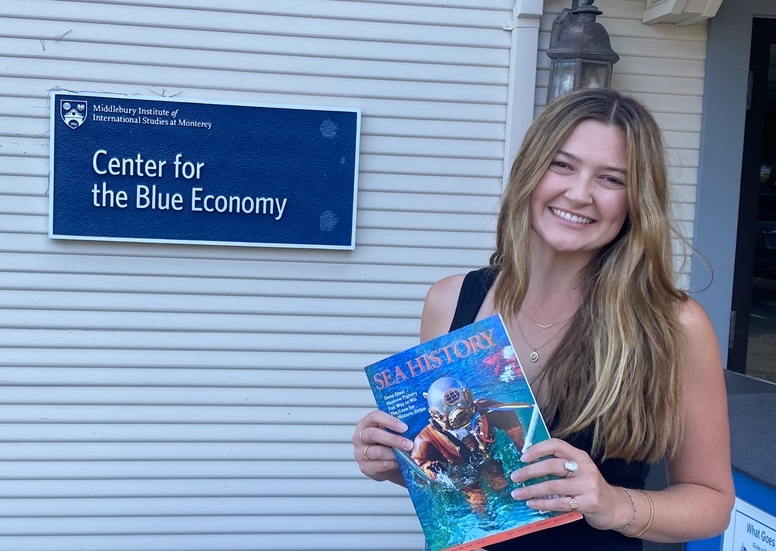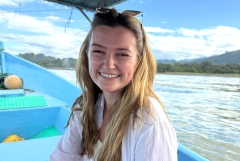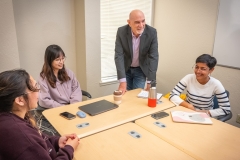Field Work: Students Help the Public Learn to Love Sharks
| by Mark C. Anderson
Through a partnership with several world-class marine labs, environmental policy and management faculty and students are working to enlighten the public on the importance and elegance of apex predators.




